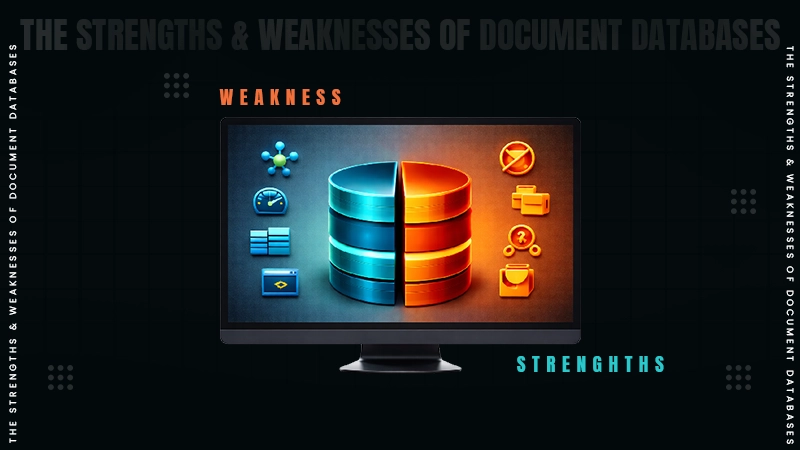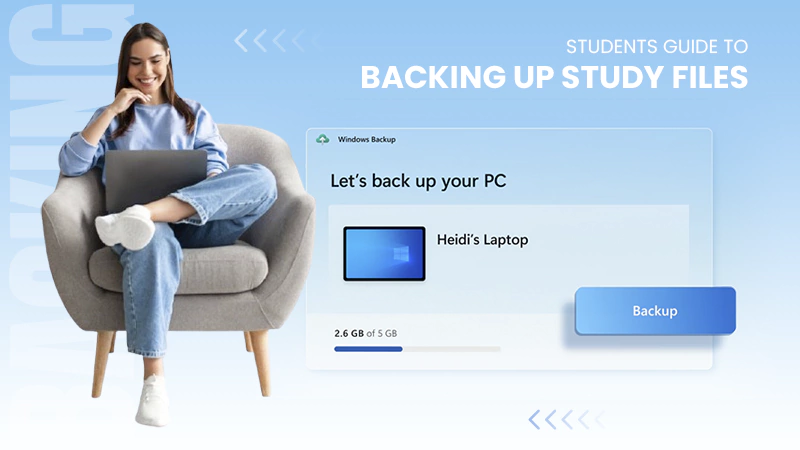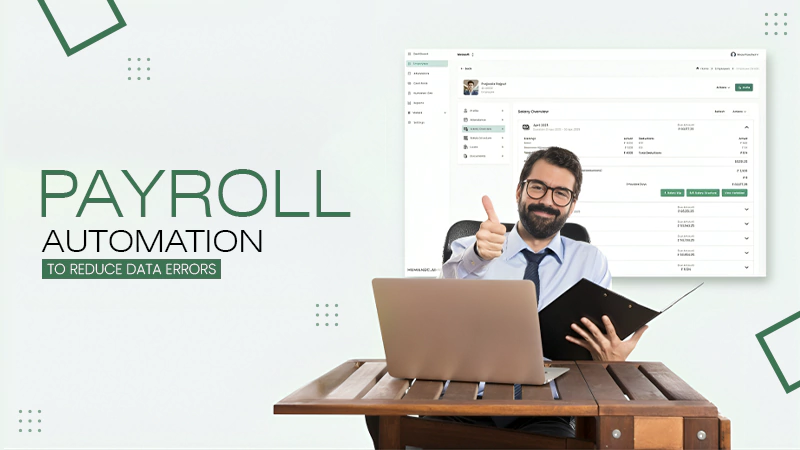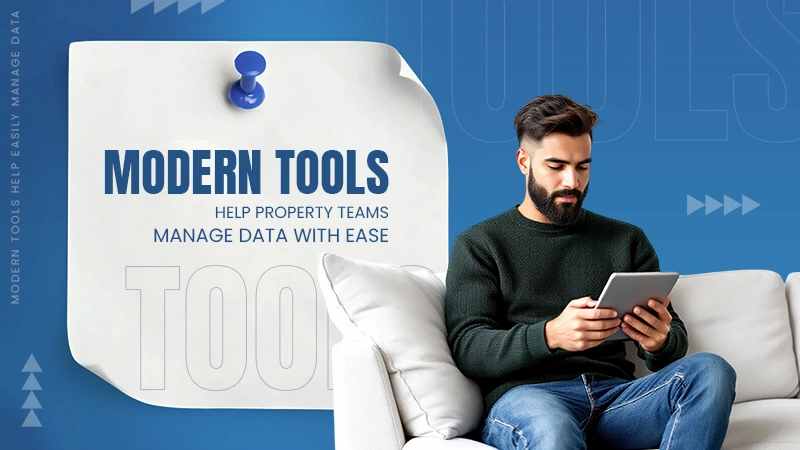Balancing Convenience and Security in the Digital Workplace
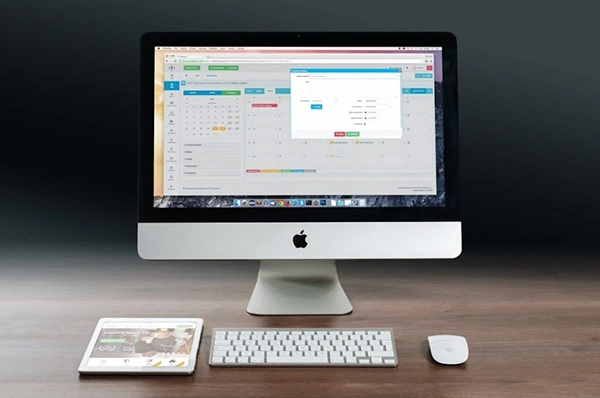
Have you ever tried logging into a system at work and felt annoyed by the extra steps just to access one tool? You’re not alone. Many employees struggle to balance easy access to digital tools with the strict security measures companies put in place. As workplaces continue to adopt cloud systems, remote access, and collaboration tools, the need to make technology simple while keeping it safe has become more important than ever. A digital workplace should allow employees to work without interruptions but also protect data from security threats.
In this blog, we will share how organizations can maintain both security and ease-of-use in the digital workplace.
Understanding the Digital Workplace
The digital workplace includes everything from email and cloud storage to video meetings and instant messaging tools. These platforms help teams collaborate quickly and easily, whether they are working from home or in the office. Employees can share files, discuss projects in real time, and access needed resources with just a few clicks. This ease-of-use improves productivity and supports flexible work options.
However, each of these tools also creates new risks. Every system an employee logs into is a potential entry point for hackers. A single weak password or outdated software can put the whole organization at risk. As more companies adopt digital systems, understanding the balance between productivity and security becomes a necessary part of every workplace strategy.
The Role of Identity and Access Management
Identity and Access Management (IAM) systems help companies control who can access certain tools and data. These systems allow employees to log in using one secure profile, which is easier than remembering passwords for each app. IAM tools also track user behavior, helping companies spot anything unusual that may signal a threat. This keeps data safer without constantly bothering users.
A key part of IAM is privileged access management software. This tool is used to control access to the most sensitive parts of a system. For example, a regular employee may not need access to financial or customer records, but an executive or IT admin might. This software helps limit access only to those who truly need it, reducing the chances of a security breach while allowing users to perform their duties without unnecessary restrictions.
Why Over-Securing Can Backfire
It may seem like more security is always better, but that isn’t always true. Adding too many login steps, frequent password changes, or limits on device use can slow employees down. These practices might push users to find shortcuts—like writing down passwords or using personal devices—which actually make systems less secure. When workers feel blocked by technology, their productivity and morale may drop.
Instead of locking everything down, companies should think about how security measures affect everyday tasks. If the tools are too hard to use, employees won’t follow the rules. That’s why designing systems that are secure but still user-friendly is key. Good policies consider how people really work and provide just enough control to protect the business without hurting performance.
The Importance of User Education
Even with the best software, people can still be the weakest link in digital security. Clicking a phishing email or using an easy-to-guess password can lead to major breaches. That’s why companies must invest in training their teams. When workers understand common threats and how to avoid them, the chances of mistakes drop.
Training shouldn’t be boring or overly technical. It should use real-world examples and simple language. Teach employees how to spot scams, choose strong passwords, and report anything suspicious. Make it a regular part of the work routine instead of a one-time session. Over time, a well-informed team becomes one of the best tools against cyber threats.
Balancing Access for Remote and On-Site Employees
Remote work has created new challenges for digital workplace security. People now access systems from different locations and devices, often outside the company’s secure network. While remote work offers flexibility and comfort, it also introduces risks that didn’t exist before. Public Wi-Fi, shared computers, or outdated home routers can open doors for cyberattacks.
To reduce these risks, companies need policies that work for both remote and in-office teams. This includes secure connections like VPNs, regular software updates, and rules about what devices can be used. It’s also important to provide support, so remote workers don’t feel stranded. When employees feel like security measures are there to help—not hinder—they’re more likely to follow them.
Using Technology to Strengthen Both Goals
Modern tools can help companies improve both security and convenience at the same time. Single sign-on (SSO) lets users log in once to access multiple tools, making life easier without lowering protection. Multi-factor authentication (MFA) adds a second step, like a code sent to a phone, to keep accounts safer. These features work together to provide smoother access without opening the door to threats.
Another useful option is automated alerts. If someone tries to log in from an unknown location or device, the system can flag it right away. That gives IT teams time to act fast. These tools don’t slow employees down, but they still protect the company from harm. With the right setup, security and speed can work side by side.In conclusion, finding the balance between convenience and security in the digital workplace takes effort, but it’s worth it. Workers need tools that help them do their jobs, and businesses need systems that protect their data. One should not cancel out the other. With the right tools, clear policies, and a shared sense of responsibility, both goals can be met. As we move deeper into the digital world, companies that value both ease and safety will stand out. It’s not about choosing between convenience and security—it’s about making room for both.
The global data explosion is one of the defining trends of the digital age. Every day, an estimated 402.74 million…
You don’t know how much you rely on your laptop until it acts up. The cursor stops moving. The fan…
Imagine this: You are juggling ten things—one tab for work, one for shopping, and one for that article you wanted…
The majority of engineering teams work at a much slower pace than they could because of systematic friction in their…
The dramatic evolution of eCommerce in the last decade has reshaped consumer expectations regarding speed, convenience, and sustainability. As a…
Payroll mistakes can lead to fines, delayed payments, and payroll disputes. These payroll issues can create pressure for high-risk businesses…
Property management teams can benefit from data in a number of ways. Everyone understands that it’s critical to make wise…
Fantastic things don’t just happen. They occur when teams transform hazy inputs into clear and actionable decisions for everyone, replacing…
There are lots of tasks that are generally very amusing and thrilling; however, bookkeeping is definitely not one of them.…

